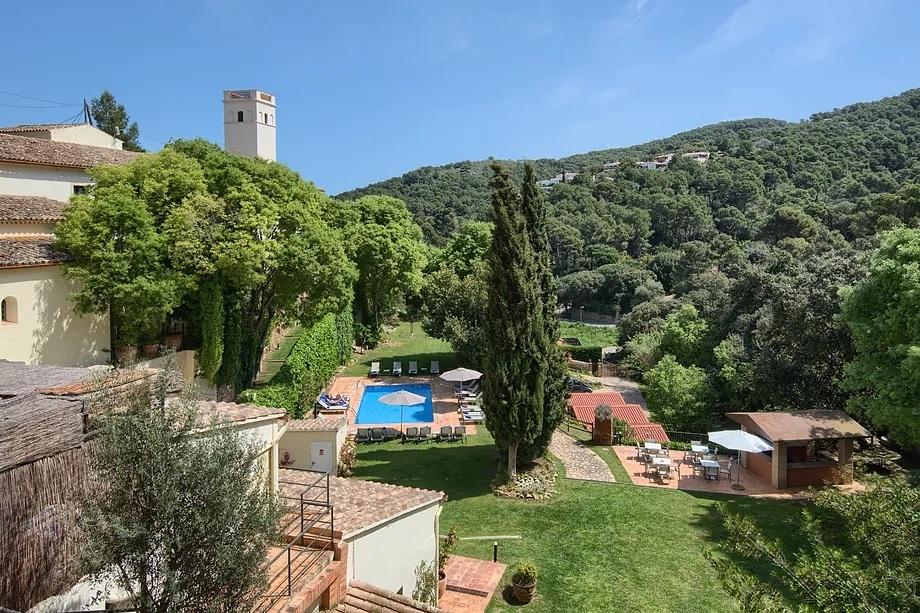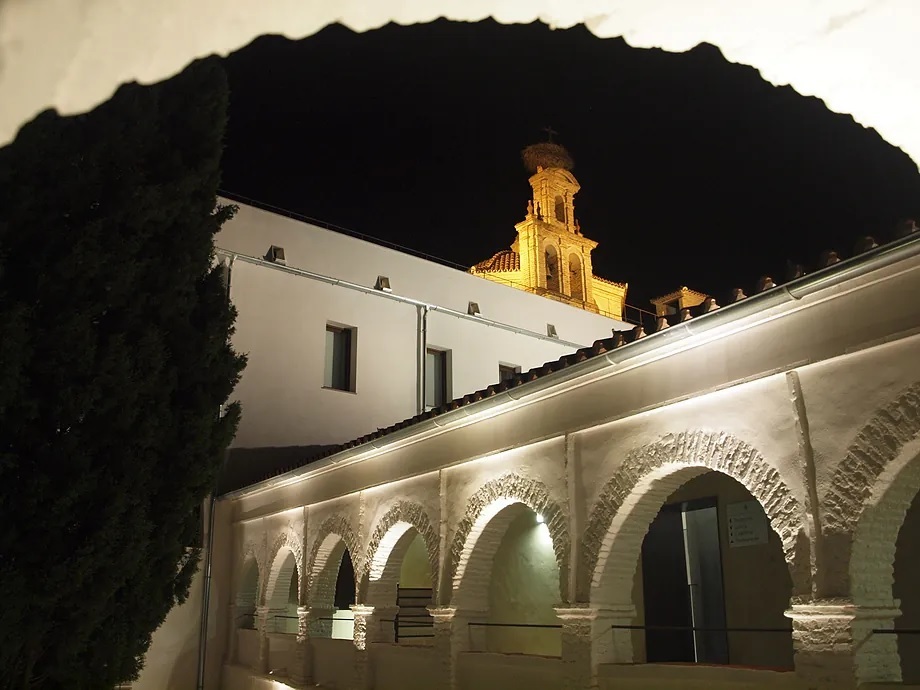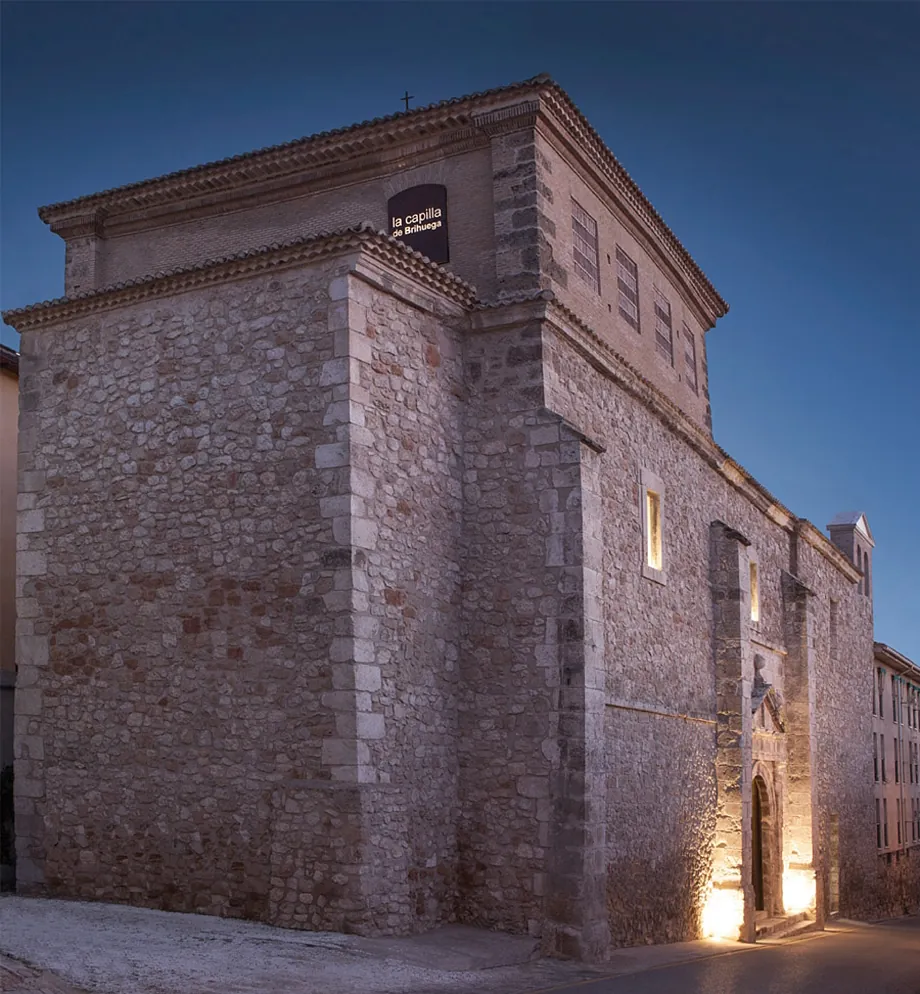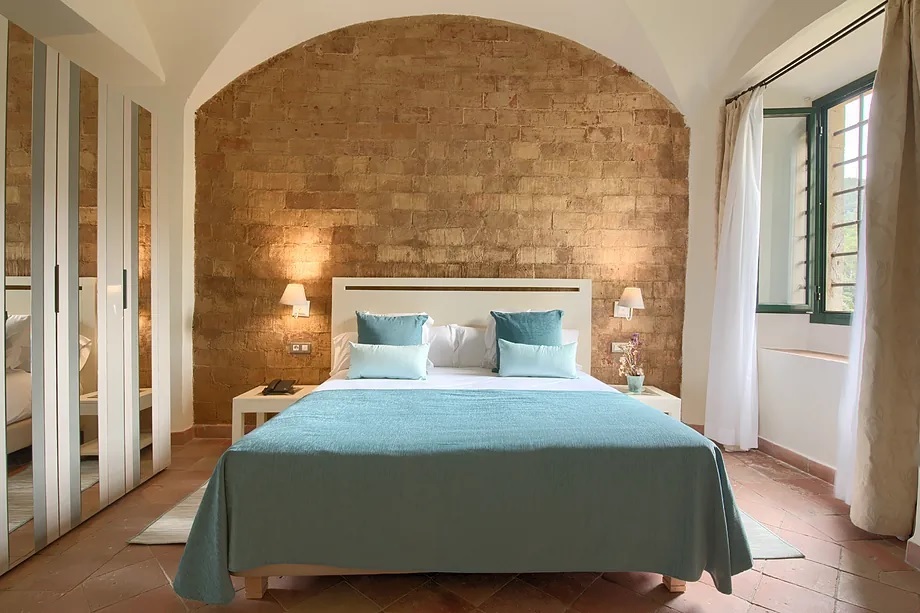For millennia, pilgrims embarking on epic walks have sought shelter and rest in temples and monasteries to spend the night. Nothing new. Nor is it new that many of these spaces have changed their purpose to offer travelers different uses and experiences. In the United Kingdom, "champing," a term derived from "church" and "camping," is a phenomenon encouraged by the Churches Conservation Trust (CCT), an organization dedicated to the conservation of Anglican temples throughout the country.
The project offers unique accommodation to travelers and funds to maintain their buildings in good condition. In our geography, for now, "glamping" has been more successful than "champing." It is true that we have magnificent buildings with an ecclesiastical past converted into hotels of all stars. The most emblematic example is the network of Paradores. Where to start... the ones in Trujillo, Granada, and Cuenca are all impressive conventual buildings.
Also, the Convento Aracena & Spa hotel in Huelva has that tangible past. This historic 17th-century building, which ceased to belong to the Church in 1972, has housed the most emblematic hotel in the region of the Parque Natural de la Sierra de Aracena y Picos de Aroche since 2013. Perched on top of the beautiful white village dotted with slopes and cobbled streets, the hotel combines part of the old building with a more modern decoration and, outside, a mountainous and wild environment full of interest for the visitor. To start, because we are in the corner of our geography where one of the most exquisite delicacies on the planet is produced: 100% Iberian ham.
Eating also has a somewhat religious experience at La Capilla in Brihuega, the famous town in Guadalajara known as the Garden of La Alcarria, which attracts thousands of visitors every July for the lavender bloom. There, the church of the former Jerónimas convent, home to the cloistered nuns until they had to abandon it due to the threat of ruin in 1969, has been meticulously restored to become an ephemeral gastro-bar where you can taste local delicacies in an amazing atmosphere.
La Capilla (+34 678 857 467), which this summer offers lunches and dinners throughout the month of July, has been featured in architecture, design, and interior design magazines worldwide and has been awarded the Europa Nostra Prize, the Oscars of European heritage rehabilitation. Its owners, by the way, are also responsible for converting a flour factory on the Canal de Castilla into a spectacular five-star hotel.
And from La Alcarria to the lower Ampurdán. Also among wildflowers, the home of the Minim monks until the 18th century in Begur is now an accommodation where you can find peace very close to the idyllic coves of the Costa Brava. The Convent de Begur 1730 hotel has 22 rooms and three suites located in the former monk cells. Completing the scene is an outdoor pool, surrounded by ancient water channels and all the magic of the Mediterranean just a few hundred meters away.
One of the rooms in the accommodation on the Costa Brava.



